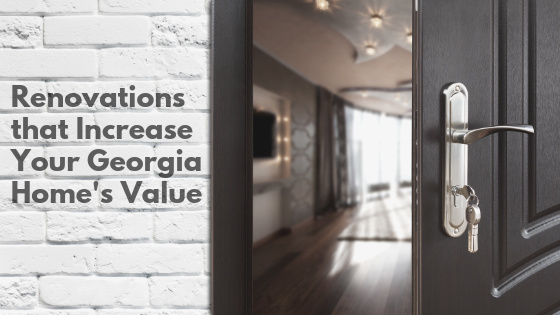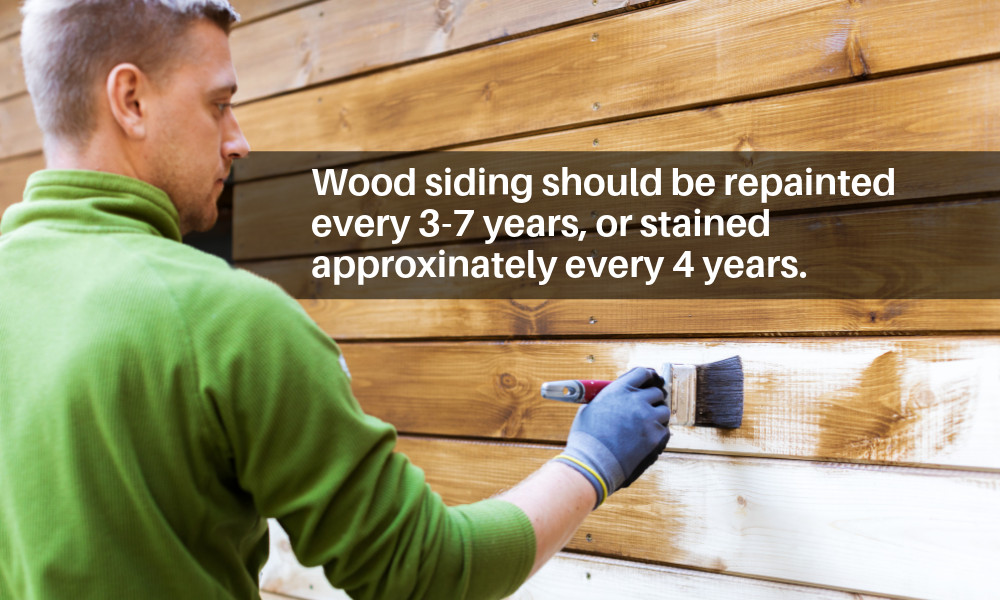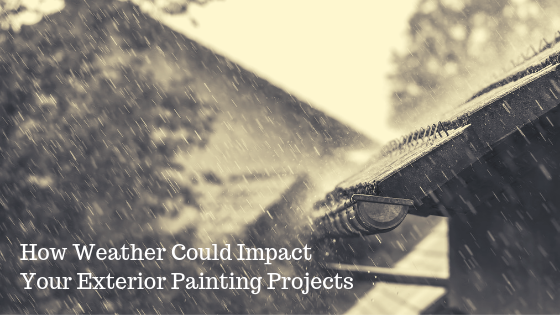Transforming your home with a fresh coat of paint is not just about choosing the right color; it’s also about selecting the appropriate finish, sheen, and texture that suit your space and lifestyle. Each type of paint finish offers unique benefits and can significantly impact the ambiance, maintenance, and durability of your painted surfaces. This comprehensive guide from our house painters in Johns Creek will delve into the various paint finishes, their sheens, textures, and the costs associated, helping you navigate through the options to find the perfect match for your painting project.
Paint Basics: Understanding Sheens and Finishes
The sheen of a paint finish is essentially its glossiness level, influencing how light reflects off the painted surface. High-gloss paints offer a shiny, reflective finish, making spaces feel brighter and more vibrant. On the other end, low-gloss or matte paints provide a more subdued look, absorbing light and giving walls a softer appearance. The choice between gloss levels affects not just aesthetics but also functionality, as the sheen level impacts cleaning ease and surface imperfections visibility.
Light-colored, shiny surfaces can make rooms feel cooler by reflecting more light, while darker, matte finishes absorb heat, adding warmth to a space. These characteristics are crucial in both interior and exterior painting projects, as they can alter the thermal dynamics of your rooms.
Gloss Finishes: High Gloss and Semi-Gloss
High Gloss Paint Options
Known for its 70-89% gloss content, high gloss paint is the epitome of shine and durability. Ideal for areas prone to dirt and moisture, such as kitchens and bathrooms, it offers unparalleled ease of cleaning. However, its reflective nature can highlight wall imperfections, requiring meticulous surface preparation. High gloss paint typically costs between $50-$70 per gallon, with higher-end brands possibly costing more.
Semi-Gloss Paint
With a gloss percentage of 41-69%, semi-gloss strikes a balance between sheen and subtlety. It’s less shiny than high gloss but still offers good durability and cleanability, making it suitable for high-traffic areas. Similar to high gloss, semi-gloss paint can also accentuate surface flaws. The cost for semi-gloss paint ranges from $40-$60 per gallon.
Non-Gloss Finishes: Eggshell, Satin, Flat, and Matte
Eggshell Paint
Offering a soft, low-luster finish with 10-25% gloss, eggshell is washable and hides imperfections well. It’s ideal for living spaces with moderate traffic. However, its susceptibility to scuffs may not suit homes with young children. Eggshell paint is generally priced between $30-$50 per gallon.
Satin Paint
This finish features a 26-40% gloss content, providing a pearl-like sheen that’s easier to clean than eggshell. Satin is versatile, used in kitchens, bathrooms, and children’s rooms. Touch-ups can be challenging, as they might show up against the original coat. Satin paint costs around $30-$45 per gallon.
Flat Paint
With less than 4% gloss, flat paint offers a non-reflective, matte finish that excellently conceals wall blemishes. Ideal for low-traffic areas and ceilings, it provides a rich color depth. However, its propensity to mark easily and difficulty to clean makes it less ideal for busy spaces. Flat paint is typically the most affordable, costing $20-$40 per gallon.
Matte Paint
Slightly glossier than flat with 5-9% gloss, matte paint offers better washability and resistance to marking, making it suitable for high-traffic areas desiring a velvety finish. The cost for matte finishes ranges from $25-$45 per gallon, depending on the quality and brand. Our house painters in Cumming, GA have seen significant demand for matte paint in recent years.
Painting Costs and Considerations
The total cost of your painting project isn’t just about the paint itself; labor costs can significantly affect your budget. Professional painters typically charge $2-$6 per square foot, depending on the complexity of the job, the surface conditions, and the type of finish chosen. Glossier finishes require more prep work to ensure a smooth application, potentially increasing labor costs.
For DIY enthusiasts, choosing a paint finish that’s forgiving and easy to apply might save on labor but consider the long-term maintenance and aesthetic appeal. Investing in higher-quality paint can also reduce the need for frequent touch-ups, offering better value over time.
How To Choose The Right Paint For Your Home
Selecting the appropriate paint is pivotal in transforming your home’s appearance and ensuring its longevity. Whether you’re painting the interior or the exterior, the right choice not only enhances the aesthetic appeal but also protects the surfaces. Here are some guidelines to help you make informed decisions for both interior and exterior painting projects.
Choosing Interior Paint For Walls, Furniture, Cabinets and More
When choosing paint for the interior of your home, consider the room’s function and the ambiance you wish to create. Durability and washability are key for high-traffic areas such as kitchens and bathrooms, making semi-gloss or satin finishes ideal choices due to their ease of cleaning and resistance to moisture. For living rooms and bedrooms, eggshell or matte finishes provide a soft, inviting texture that hides imperfections well. Also, opt for low-VOC or VOC-free paints to ensure better indoor air quality, especially in bedrooms and children’s rooms.
How To Choose the Right Exterior House Paint
Exterior paint must withstand varying weather conditions, from scorching sun to freezing temperatures. High-quality latex paint is often recommended for its flexibility and durability, resisting cracking and fading over time. Consider the finish based on the surface: satin finishes work well for siding because they hide imperfections and clean easily, while glossy finishes are better for trim and doors due to their resistance to wear. Additionally, color choice can impact maintenance; lighter colors reflect the sun and may help keep your home cooler, while darker colors may fade faster but absorb heat, useful in colder climates.
Contact Bear Mountain Custom Painting
As the leading painting contractor in Alpharetta, we’ve helped hundreds of clients choose a paint and transform the interior or exterior of their house. We also offer house painting in Buford and the entire surrounding area. We offer complimentary quotes to anyone in the area, and we’d love to hear from you.






